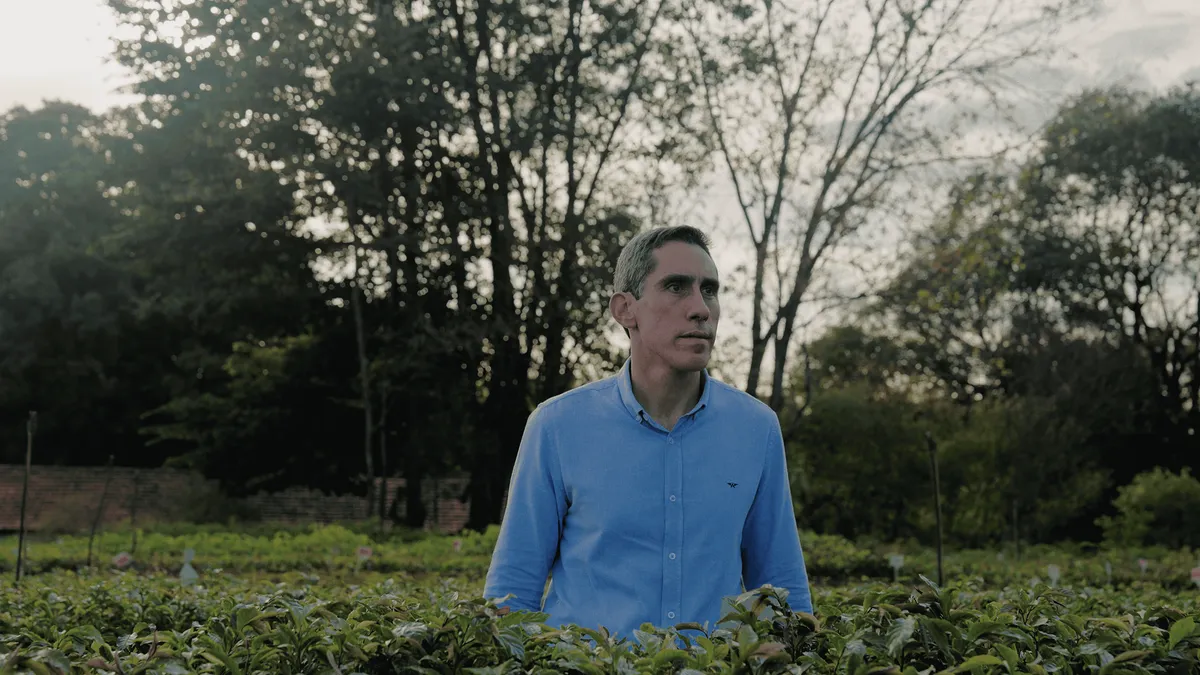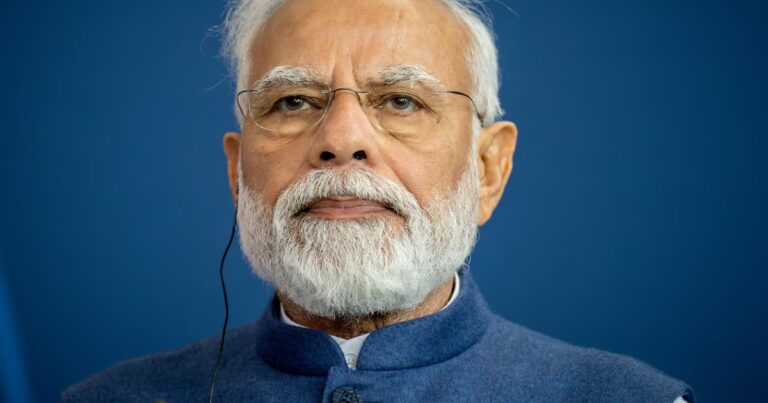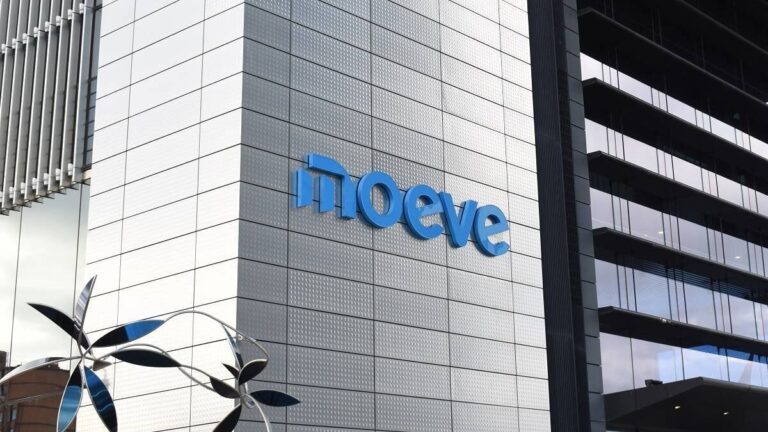
Start-up re.green’s win in the Earthshot Prize category (founded by Prince William), which highlights efforts to protect and restore nature, will give credibility to attract more resources to restore tropical forests. This is the evaluation of the company’s CEO Thiago Picolo. In an interview with GLOBO, he said he was looking forward to the outcome of COP30 in the region and spoke about the competition for the £1 million prize (approximately R$7.2 million). The prize also includes the recently launched Semper Tropical Forest Fund (TFFF), President Luiz Inacio Lula da Silva’s main bet on the climate conference.
- COP30: Brazil’s president speaks of ‘cautious optimism’ in negotiations, but stalemate persists
- COP30: Report says donations exclude marginal regions and ignore just transition
Was the company expecting a win from TFFF, the forestry fund led by the Ministry of the Environment?
We started the process with 3,000 participants and knew it would be difficult to make it to the 15 finalists. We were getting more and more excited as the stages progressed. We compete in this sector with TFFF, which is a great initiative, and another initiative that works to secure land tenure for indigenous communities. Although the competition was fierce, we were very honored to receive this award.
How was your contact with Prince William?
It was a very good exchange that lasted for 4 days. He is an inspiration to us in our support for environmental causes. We found out how much he already knew about our work.
Do you think the discussion on forest conservation will move forward at COP30?
The conference begins with the sector in a prominent position, with Brazil in particular in a leading position. I think we have been able to connect this country with the potential that we have. Therefore, it is expected that this activity will be increasingly promoted. We are planning meetings with companies from Brazil, America and Europe. I believe that reforestation is a top priority.
re.green was launched in 2021, based on the research and ideas of important Brazilian scientists who have conducted research on various aspects of forest restoration for decades. Researchers realized that they could turn the knowledge they gained into companies.
What was it like getting the project off the ground?
The scientists sought encouragement from Brazilian investors, who supported the idea and helped develop the business plan. When re.green was able to generate business benefits, they began hiring an executive team to complete the business. In reality, it was a scientist’s idea, supported by capitalists and implemented by management.
What is the purpose of the company?
Using science to restore tropical forests at scale. Reforestation is still a young field, so getting a company focused on reforestation off the ground is not easy. While we address the unique challenges of new companies, we also address the additional challenges of the industry itself.
Is there a high impact of the work being performed?
We are reforesting 37,000 hectares in two Brazilian biomes: the Amazon and the Atlantic Forest. re.green has 110 employees and our projects currently create around 260 direct and indirect jobs. We operate in four states: Bahia, Pará, Maranhão and Mato Grosso.
How is tree planting done in these areas?
The first action is to identify the most interesting areas to be restored through science and technology. Algorithms and data help you understand when to achieve good carbon capture results. Through it, we can create a positive impact on biodiversity and surrounding communities. After this geospatial optimization, we go on-site and look for areas to buy or lease. Finally, start implementing the restore.
Is a standard repair model adopted?
We use 12 different restoration models, each depending on local conditions. For example, it depends on whether the area was deforested a long time ago or a short period of time. But the goal is always the same. That is, in the medium term, after 20, 30 or 40 years, there will be a fully restored forest with all ecosystem services re-established, as close as possible to a primary forest.
How is financing done?
We use various forms of financing. The first is through the shareholders of the company developing the project. Capital is about taking a little more risk and making long-term bets. Another option is to use re.green partners. re.green partners are Brazilian investors with a history of delivering returns and long-term commitment. At the project level, you can also raise funds in a debt-like model to directly work on remediating specific areas. In this case, we have partners like BNDES. Some companies buy carbon credits. re.green promises to generate a certain amount of credits over 15 to 30 years. This is important for long-term visibility. Forests are like infrastructure investments. A large initial investment allows for years of long growth and ecological protection.
How will the Earthshot Prize money be used by the company?
We would like to use a significant portion of our profits for research and development. Restoring forests requires a continued commitment to evolving science. Additionally, we believe this award will help us raise more funds by opening doors and bringing visibility and credibility.



